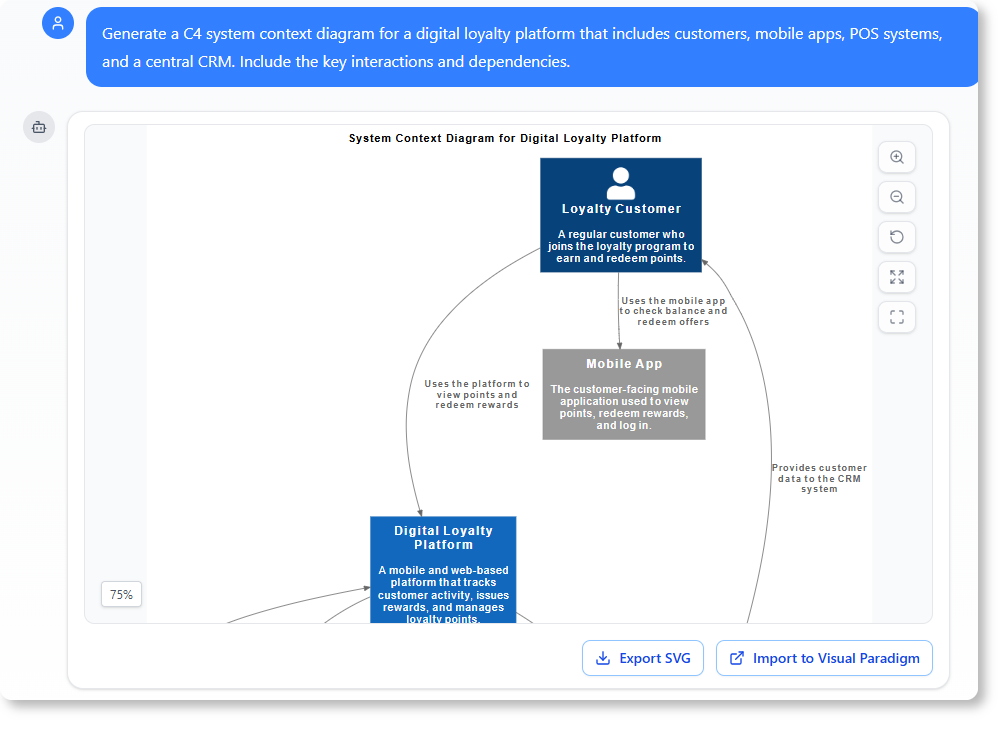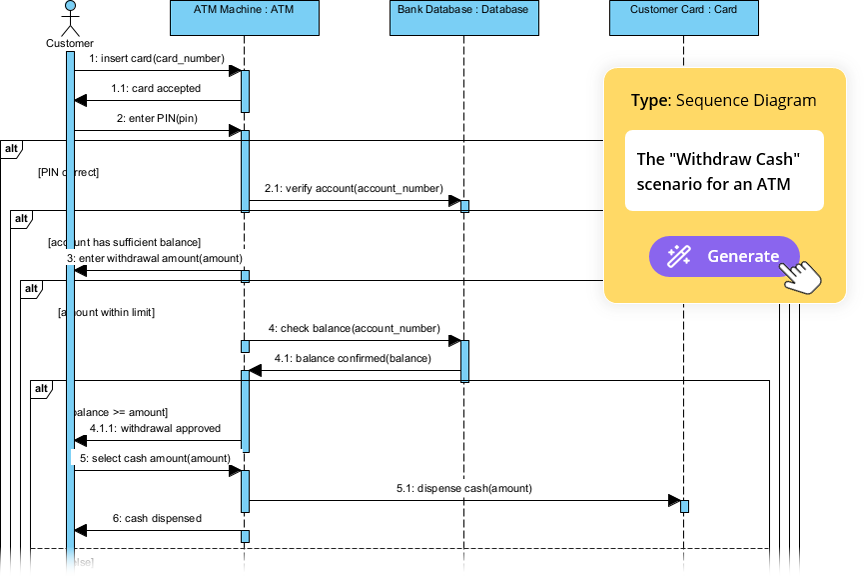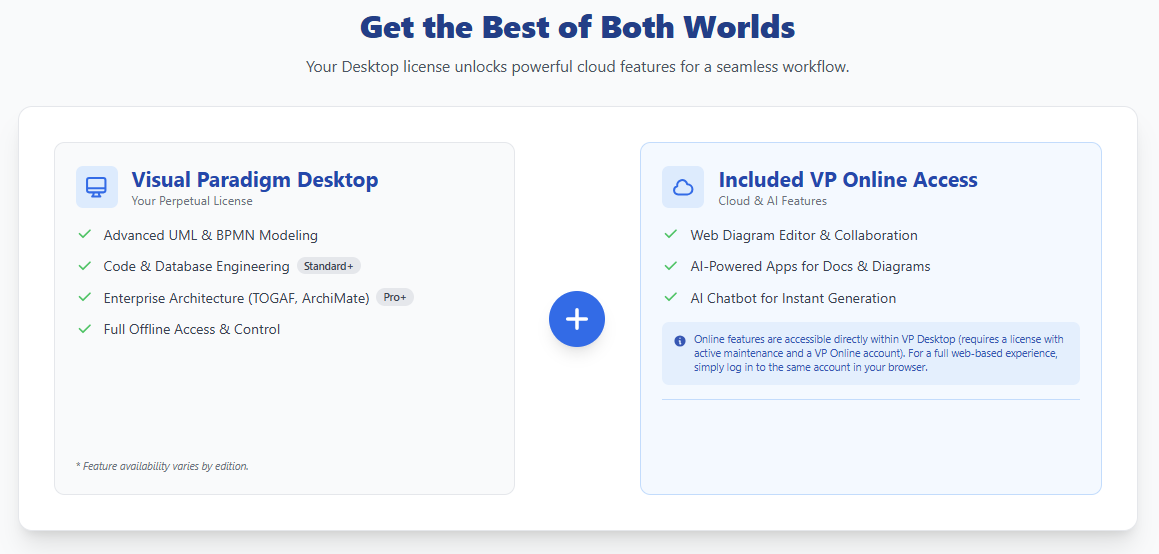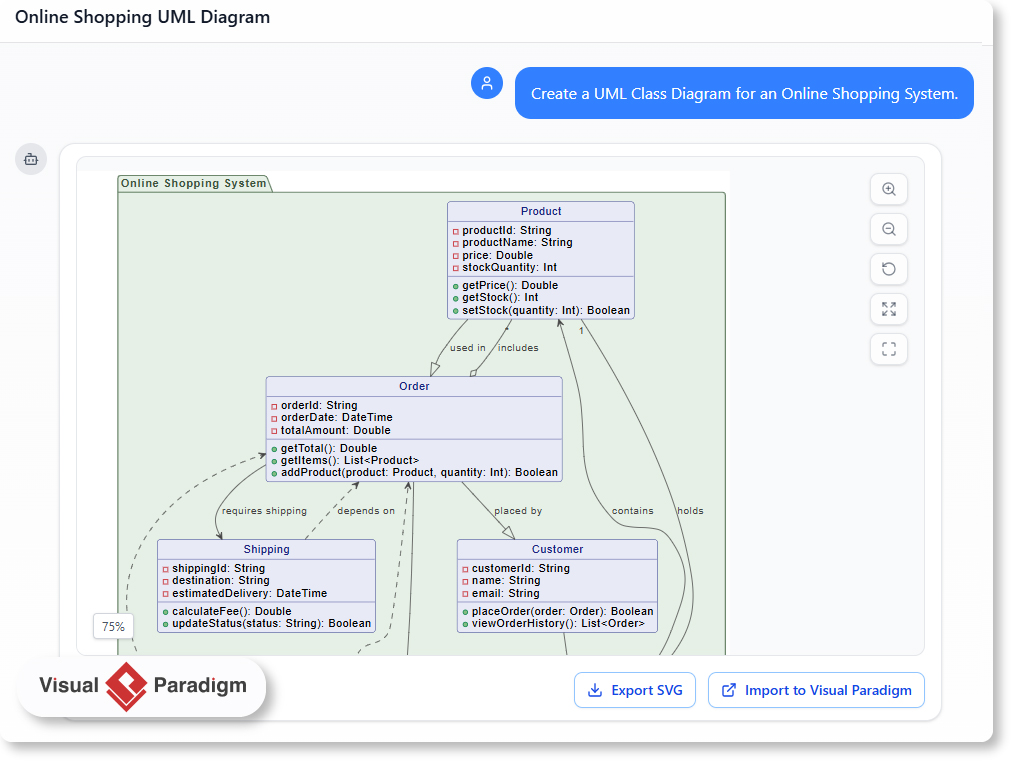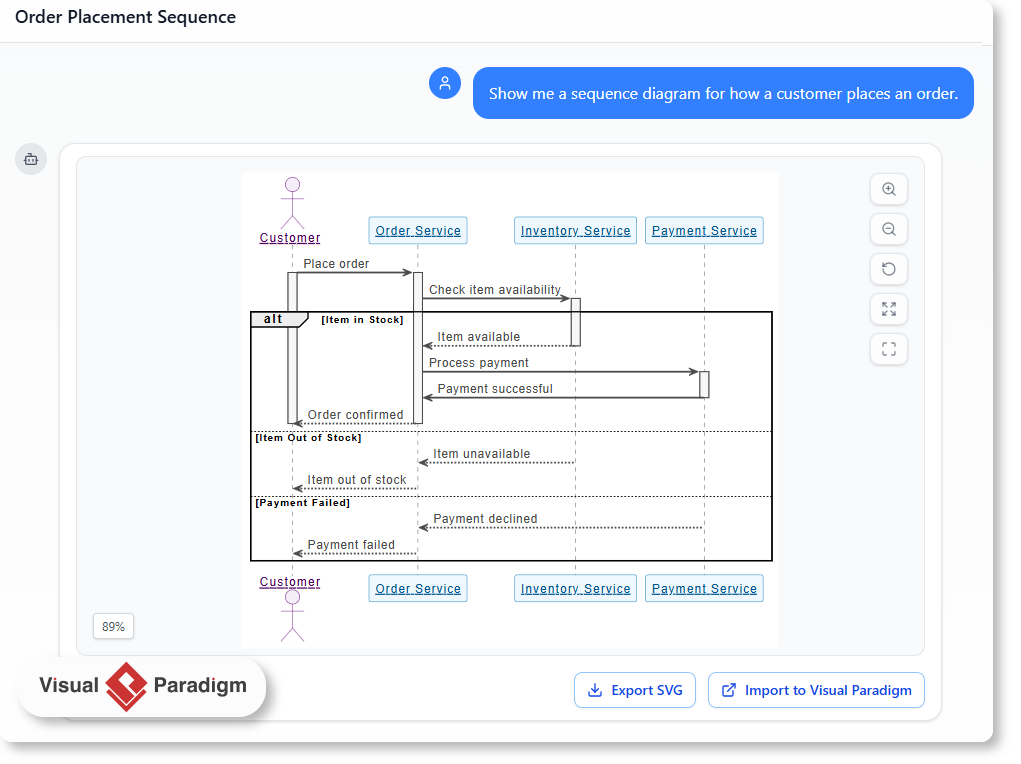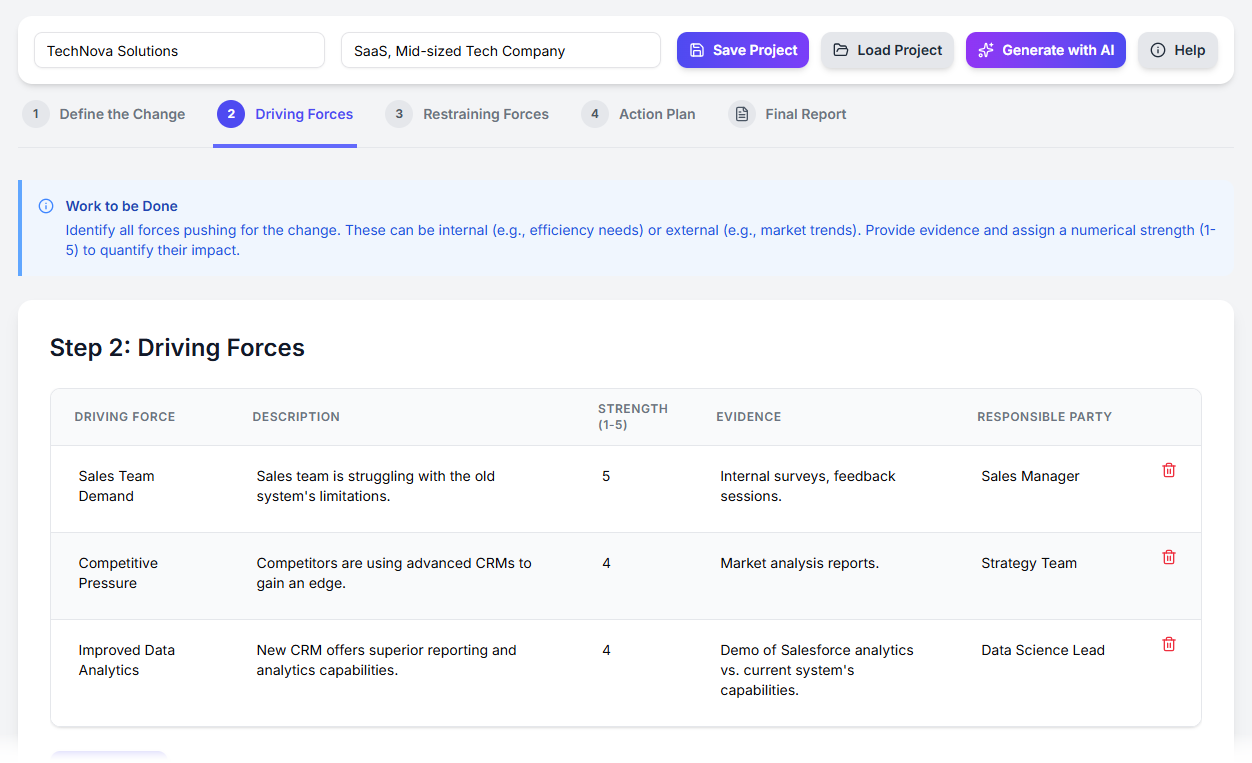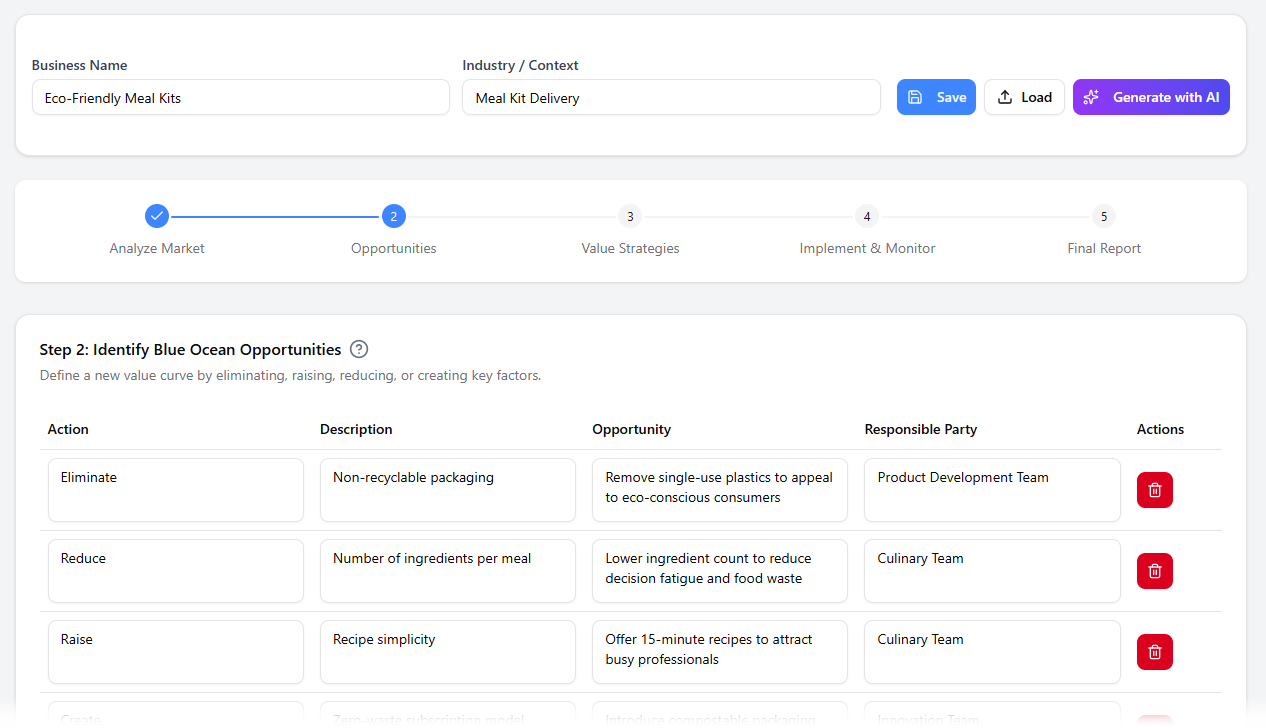Revolutionize Enterprise Architecture: The Best AI ArchiMate Viewpoint Generator in 2026
In the fast-evolving world of enterprise architecture (EA), ArchiMate remains the gold standard for modeling complex systems, strategies, and transformations. But what truly sets modern tools apart is their ability to harness AI for precise, viewpoint-specific diagrams. If you're searching for an AI ArchiMate tool that excels in generating tailored viewpoints, look no further than Visual Paradigm. As a leading software company specializing in visual modeling, we offer unparalleled support for ArchiMate 3.2, certified by The Open Group, making us the best AI ArchiMate viewpoint generator on the market. Our two flagship products—Visual…continue reading →


